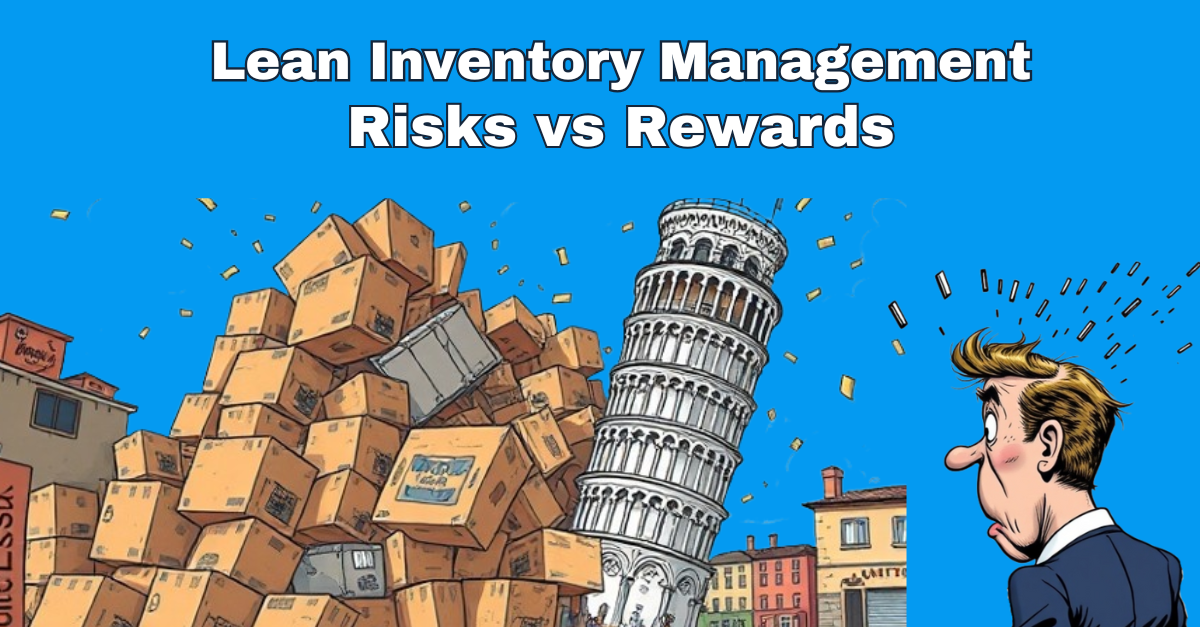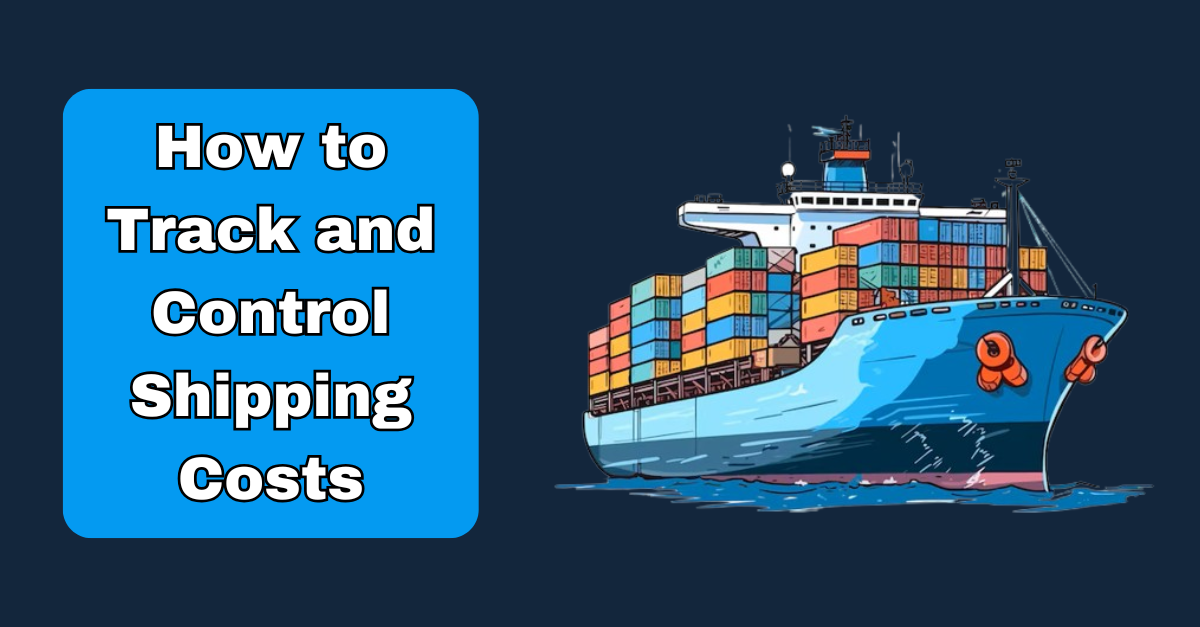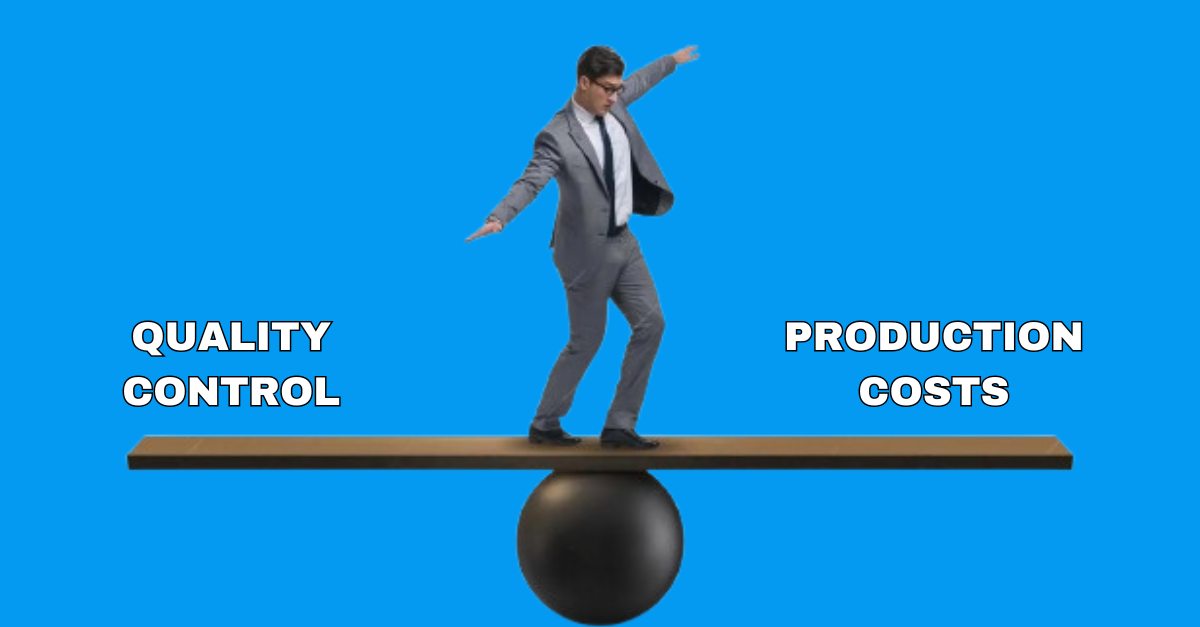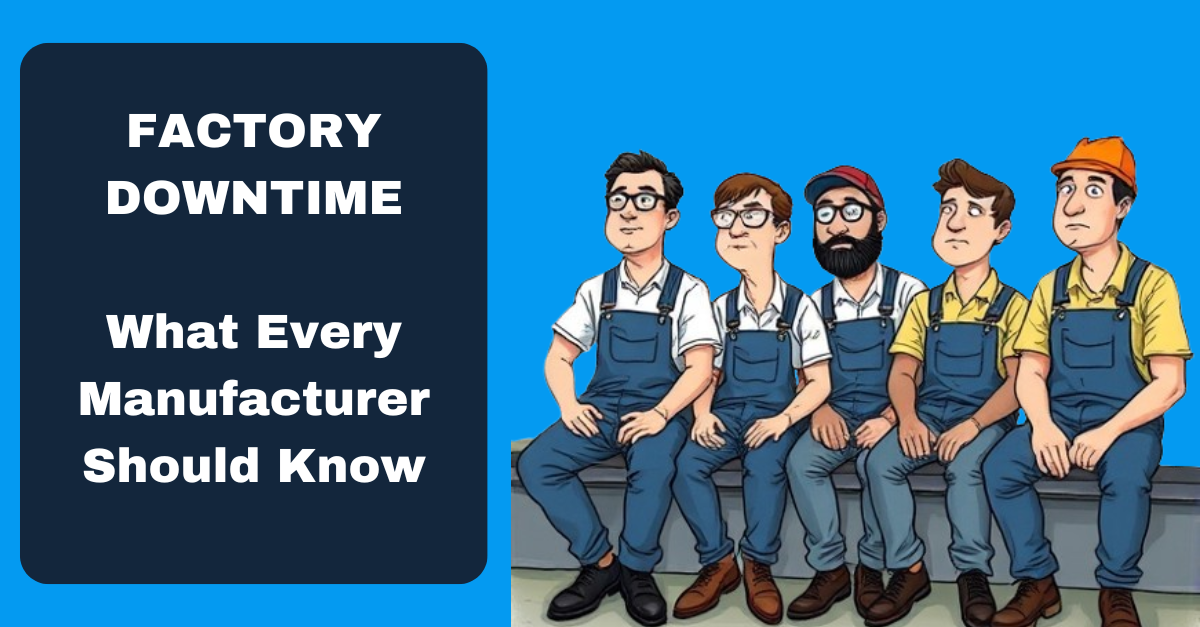What is Lean Inventory?
Lean inventory is all about keeping stock levels as low as possible without compromising your ability to meet customer demand. Instead of holding large amounts of raw materials, components, or finished products, you focus on maintaining just enough inventory to handle current needs. The goal is to strike the right balance: reduce inventory to cut costs while still delivering promptly to customers.
Rewards of Lean Inventory
1) Reduced Holding Costs One of the biggest wins with lean inventory is slashing your holding costs. With less stock sitting around, you spend less on storage, handling, and dealing with items that could become obsolete or spoil over time.
2) Improved Cash Flow By keeping inventory lean, you free up capital that would otherwise be tied up in excess stock. This means you can invest that money into growth initiatives or other areas that drive profitability.
3) Reduced Waste When you align your stock closely with actual demand, you cut down on wasted inventory. This is especially helpful if you deal with products that have a short shelf life or are prone to becoming outdated. Lean inventory helps prevent items from just sitting around, collecting dust, and taking up valuable storage space.
4) Increased Operational Efficiency Lean inventory often goes hand in hand with streamlined processes. By optimizing inventory quantities, you can reduce time spent on both managing and manufacturing stock items with weak demand. Freeing you up to spend more time on the inventory items that truly matter and are in hot demand.
5) Better Supplier Relationships Implementing lean inventory practices can strengthen your relationships with suppliers. By placing smaller, more frequent orders, you create a predictable demand pattern. This makes it easier for suppliers to plan and deliver on time, potentially boosting their reliability and improving your negotiating power.
Risks of Lean Inventory
1) Stockouts and Lost Sales With lean inventory, if demand spikes unexpectedly or suppliers experience delays, you risk running out of stock. This can lead to lost sales and frustrated customers who may turn to your competitors.
2) Supply Chain Disruptions A lean inventory strategy leaves little room for error when it comes to supply chain disruptions. Issues like natural disasters, transportation problems, or port congestion can quickly impact your ability to meet customer demand when you don't have extra stock to fall back on.
3) Higher Ordering Costs Maintaining a lean inventory often means placing smaller, more frequent orders. This can drive up ordering costs, including shipping fees and admin expenses, especially if you're not negotiating well with suppliers for placing smaller order sizes.
4) Increased Pressure on Forecast Accuracy The lean inventory approach relies heavily on accurate demand forecasting. If your predictions are off, even slightly, the impact can be significant. Underestimating demand can lead to stockouts, leaving you scrambling to catch up.
5) Potential for Production Delays If you're running lean on raw materials, any delay in receiving supplies can disrupt your entire production schedule. This can lead to delays in finishing products, slowing down order fulfilment, and disappointing customers.
Finding the right level of lean inventory is a dynamic process that varies depending on the item and its importance to your business. It’s all about staying agile and using accurate data to make informed decisions that you can feel confident in. The ultimate goal is to strike the perfect balance between minimizing costs and keeping your customers happy with timely order fulfilment.










